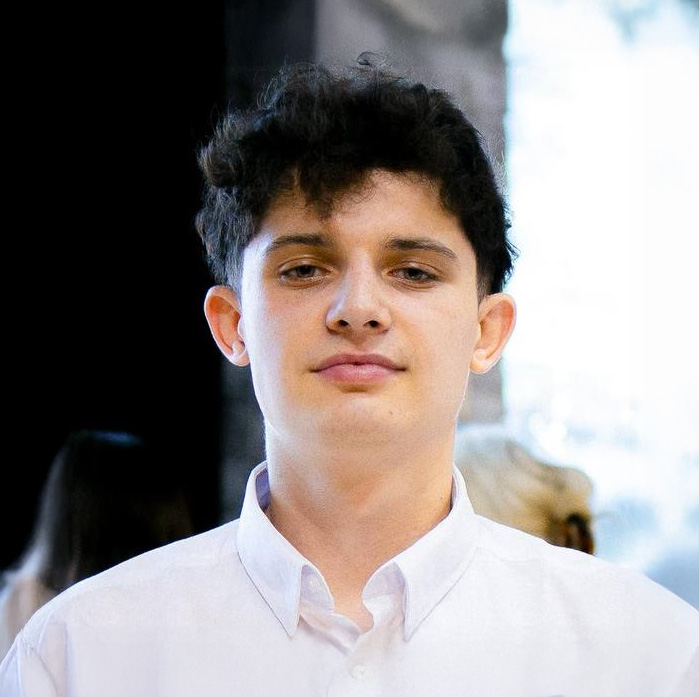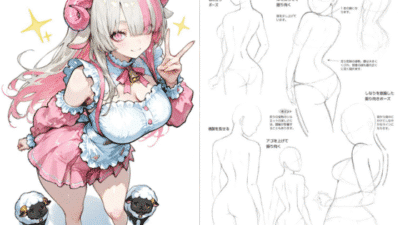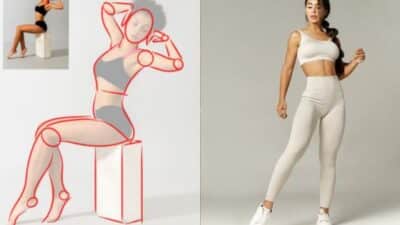Understanding human anatomy is essential for artists who want to create realistic and expressive figures. Mastering the structure beneath the skin—the bones, muscles, and joints—gives you the foundation to depict the human body accurately and convincingly. This knowledge helps you capture movement, proportion, and form with confidence.
Focusing on individual body parts, such as the hands, face, and torso, allows you to improve your skills in detailed areas that often challenge artists. Using references like high-resolution photos or 3D models can enhance your study, providing clear visual information about how anatomy works in different poses and lighting.
By breaking down anatomy into its core components and practicing with reliable resources, you can improve both observation and execution. This approach helps you move beyond guesswork and develop a stronger connection between your artistic vision and anatomical accuracy.
Key Takeways
- Solid anatomical knowledge improves figure drawing accuracy.
- Studying specific body parts builds detailed skill sets.
- Using references strengthens understanding and realism.
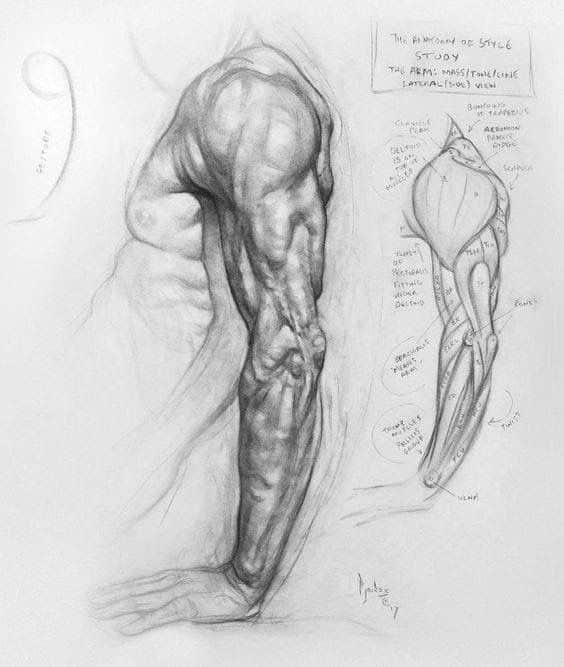

Essential Foundations of Human Anatomy for Artists
Mastery of human anatomy begins with recognizing accurate body proportions, key surface indicators, and structural differences between genders. Grasping these elements will improve your ability to depict the human form realistically and expressively.
Understanding Proportions and Landmarks
You must learn standard body proportions to place features accurately. For example, an average adult body is about seven to eight heads tall. Key landmarks like the clavicles, ribcage edges, iliac crests, and knees serve as reliable reference points to gauge relative distances and angles.
Using these landmarks helps you maintain consistency and balance in your drawings. Pay close attention to the natural shifts in proportion during different poses. Understanding these details ensures your figure drawings avoid stiffness and appear anatomically plausible.
Surface Forms and Anatomy Terminology
Surface anatomy focuses on visible shapes defined by underlying structures such as bones and muscles. You should be familiar with terms describing these features, including the scapula, deltoid, and sternum, to identify what you observe on the body’s exterior.
Bellies of muscles, tendons, and bone contours create surface forms that change with movement and lighting. Recognizing how muscles overlap and how fat and skin affect contours sharpens your ability to translate the body’s complex three-dimensionality onto a flat surface.
Key Differences in Male and Female Figures
The male and female forms differ markedly in skeletal structure and muscle distribution. Typically, males have broader shoulders, narrower hips, and more pronounced musculature. Females usually demonstrate wider hips, a narrower waist, and softer muscle definition.
These distinctions influence proportion ratios and surface shapes. When drawing, adjust the width of the pelvis, angle of the ribcage, and curves of the limbs accordingly to represent gender differentiation accurately. Remember that these differences impact movement and posture as well.
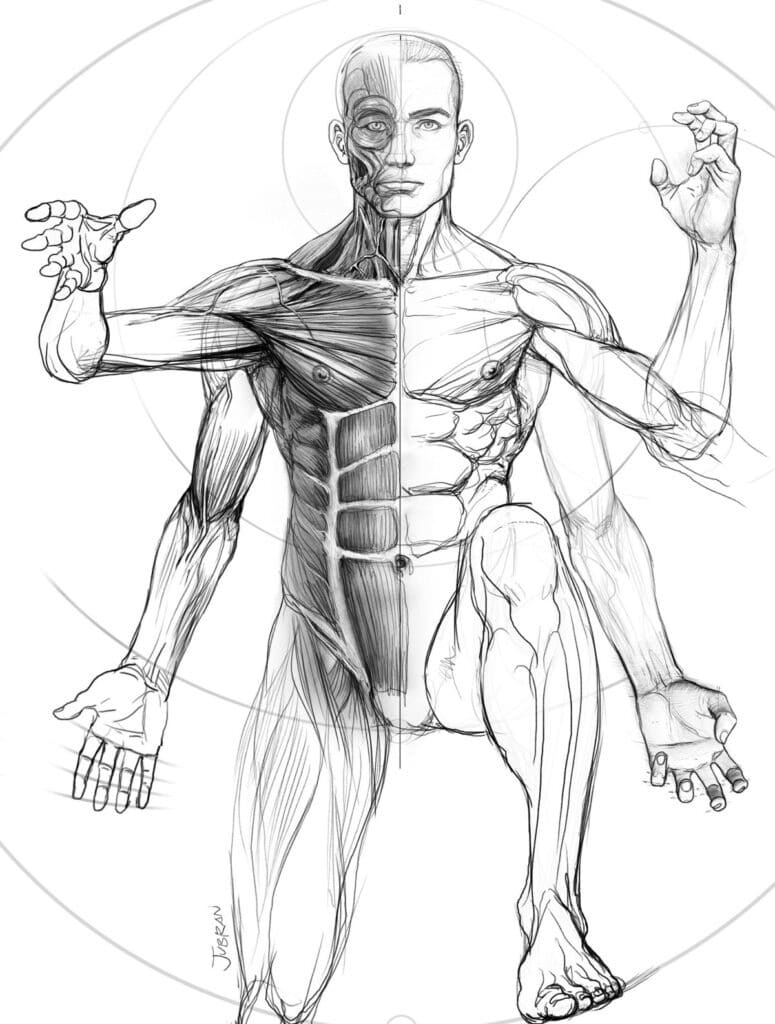
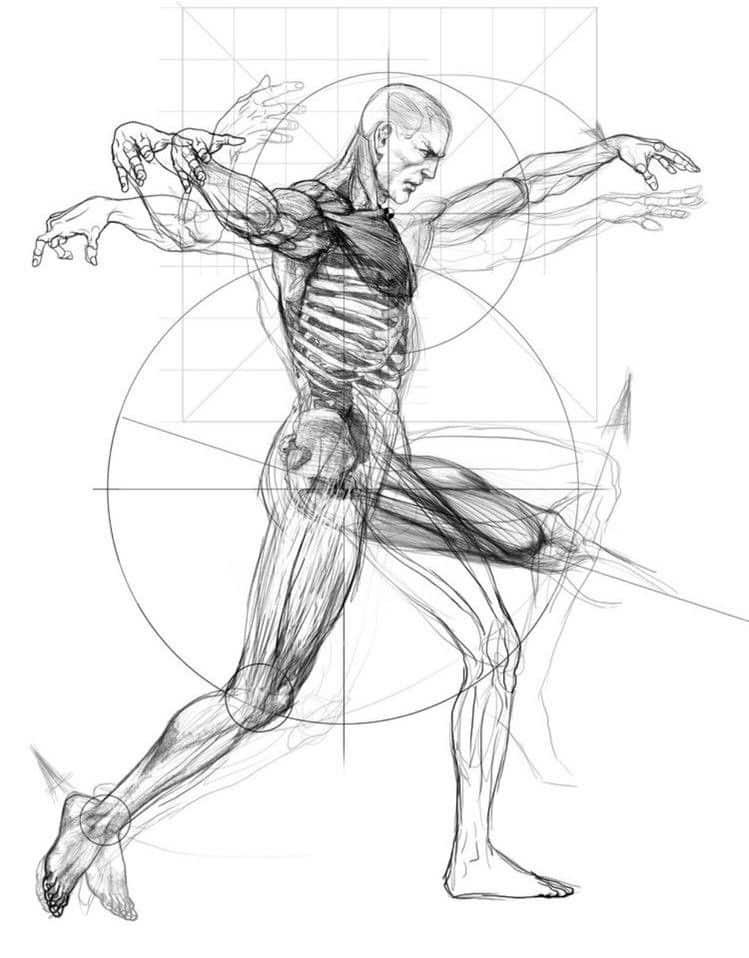
Skeletal Structure and Body Framework
Understanding the skeletal structure is essential for capturing the human form accurately. You’ll learn about the key bones that shape the body, important landmarks to guide your drawing, and how the skeleton influences pose and movement.
Major Bones and Articulations
The skeleton acts as the body’s framework, consisting of major bones that define basic proportions and structure. Focus on the skull, ribcage, spine, pelvis, and limbs. These bones determine the body’s overall shape and balance.
Key articulations like the shoulder, elbow, hip, and knee joints control movement. Knowing how these connect allows you to represent natural poses and limb positioning. For example, the ball-and-socket shoulder joint provides wide arm rotation, while hinge joints in elbows and knees limit motion to a single plane.
Pay attention to bone lengths and how they relate to each other. This knowledge helps you maintain consistent proportions during figure drawing and supports the accurate placement of muscles and skin over the bones.
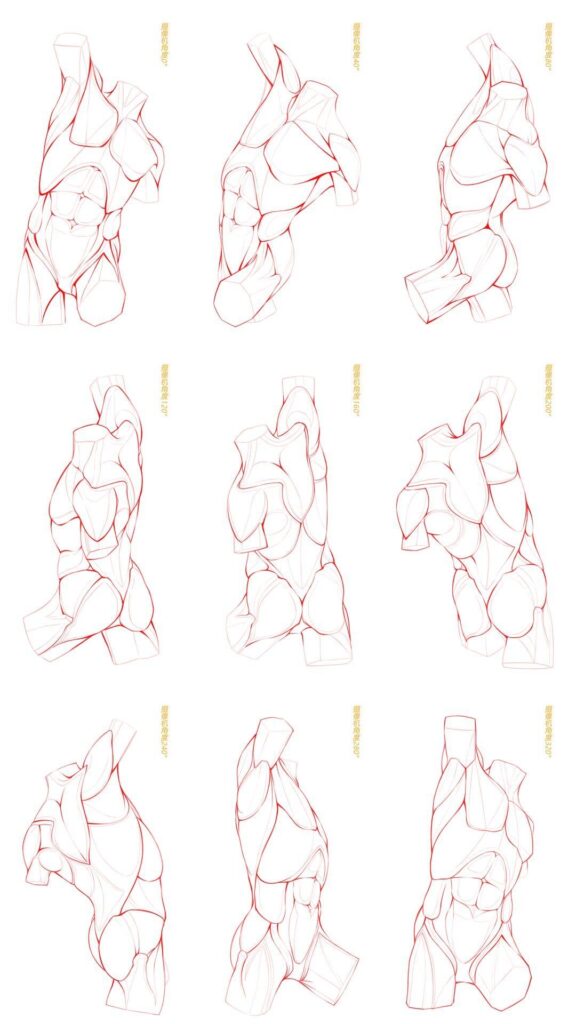

Landmarks Crucial for Figure Drawing
Certain bony landmarks serve as fixed points on the body that you can rely on when sketching. These include the clavicles (collarbones), scapulae (shoulder blades), sternum, iliac crest (pelvis top), and prominent bones in the hands and feet.
These landmarks guide the placement of muscles and indicate body orientation. For instance, the spine’s curvature and the position of the pelvis affect posture and the body’s tilt. Using these reference points, you can measure distances and angles more precisely.
Recognizing these structural markers improves your ability to depict weight distribution and balance. They also help capture subtle shifts in perspective when drawing the human figure from different angles.
Pose and Gesture Understanding
The skeleton underpins all poses and gestures. When you understand the body’s rigid framework, you can better convey how it moves and balances.
Joint flexibility and skeletal alignment shape the body’s dynamic positions. Knowing how the spine twists or bends at various vertebrae helps you depict natural gestures instead of stiff poses.
Gestures start with simplified skeletal positions before adding muscle and detail. By visualizing the skeleton in action, you create believable, fluid figures that resonate with realism. This approach prevents anatomical errors and enhances your figure drawing’s overall expressiveness.
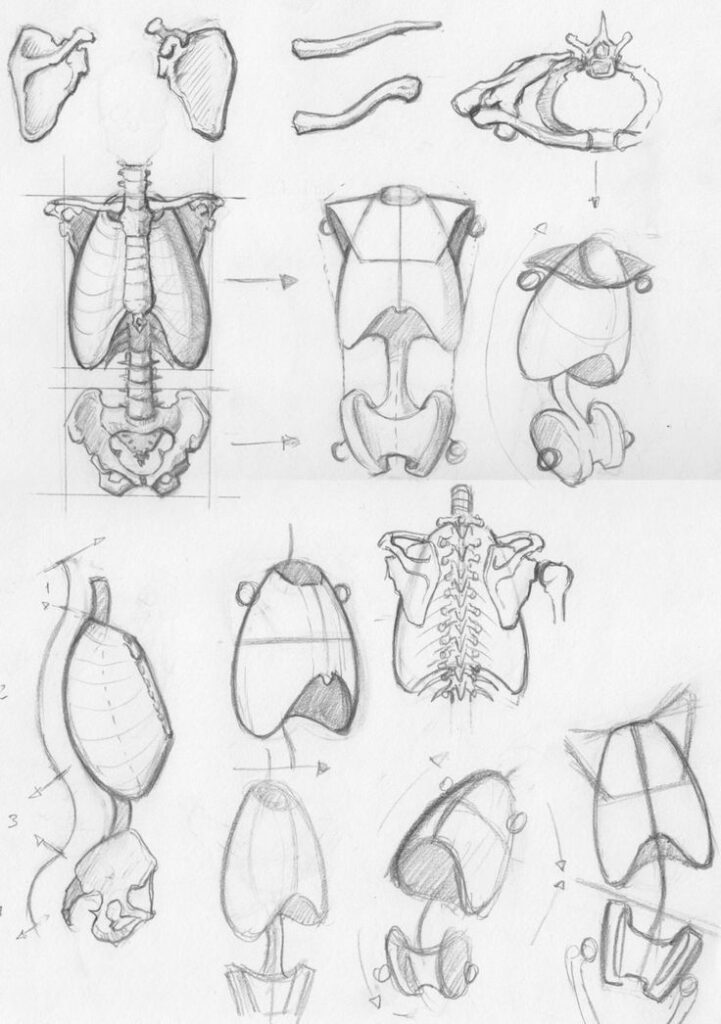
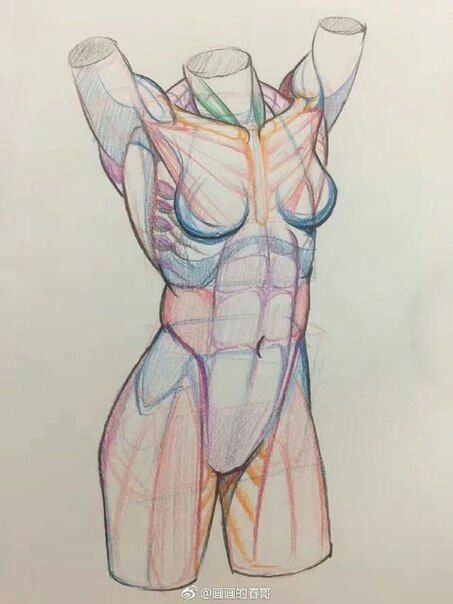
Musculature and Surface Anatomy for Artistic Reference
Understanding how muscles are structured and how they influence the body’s surface is essential for creating believable human figures. Recognizing the shapes muscles form beneath the skin helps you depict tension, movement, and volume accurately.
Major Muscle Groups and Function
Focus primarily on the major muscle groups visible on the surface. These include the pectorals, deltoids, biceps, triceps, abdominals, quadriceps, hamstrings, and calves. Each muscle group plays a specific role in movement and posture, which affects the body’s silhouette.
For example, the deltoids cap the shoulder and create a rounded contour, while the biceps and triceps shape the upper arm’s front and back. The abdominals flatten or bulge depending on body position and tension. Being familiar with these groups lets you predict how the form changes under different poses, which is key for dynamic figure drawing.
How Muscles Affect Surface Forms
Muscles influence the visible contours of the body and define the form of limbs and torso. Their size, tension, and interaction determine whether the skin appears smooth, bulged, or wrinkled.
When muscles contract, they lift or tighten the skin, creating defined shapes like the biceps flex or the calf’s curve. Relaxed muscles produce softer forms, often blending together. Understanding this allows you to paint or draw realistic skin surfaces that react naturally to movement and lighting.
Common Anatomical Mistakes Artists Make
One frequent error is ignoring the 3D nature of muscles, causing flat or awkward figures. You may draw muscles too symmetrically or exaggerate their size without considering underlying bone structure or function.
Another mistake is misplacing muscle origins and insertions, which leads to unnatural muscle paths or bulk. Avoid over-detailing small muscles that are not visible in most poses, as this distracts from the overall form. Focus on proportion, correct attachment points, and how muscles work in unison.
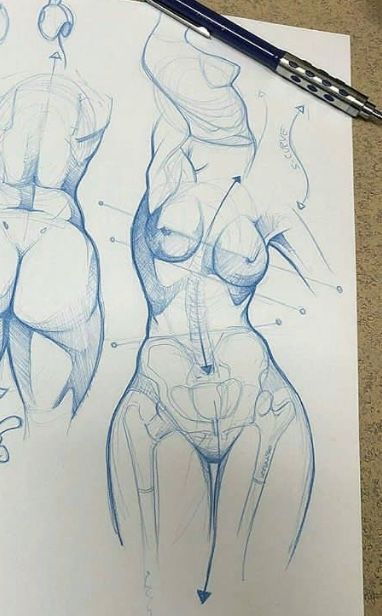
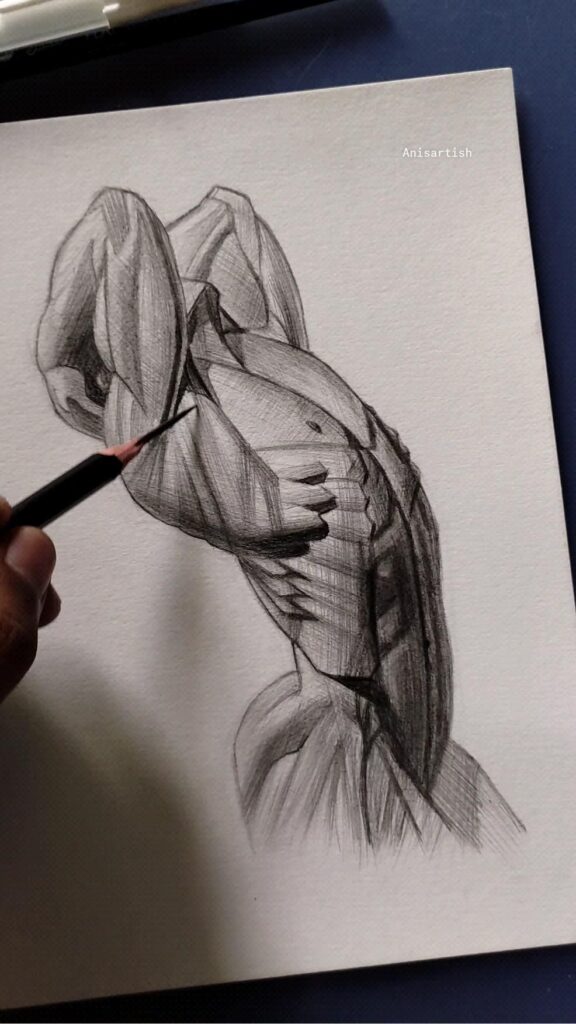
Head, Face, and Hands: Specialized Studies
Mastering the head, face, and hands requires understanding their complex anatomy and structures. You must break down the forms into simple shapes, grasp bone landmarks, and observe muscle movements. These areas demand precision to capture expression, proportion, and gesture accurately.
Constructing the Human Head and Facial Features
Start with basic geometric shapes like spheres and planes to map the head’s volume. Identify key landmarks such as the brow ridge, cheekbones, and jawline to anchor the facial features.
Focus on proportions: the eyes generally sit halfway down the head, the nose bottom is about halfway between the eyes and chin, and the mouth lies just below the nose. Understanding skull anatomy helps locate muscles and skin tension affecting contour and expressions.
Use reference points for facial features:
- Eyes: Set evenly with spacing approximately one eye-width apart.
- Nose: Construct from the nasal bone and cartilages.
- Mouth: Align with pupils and jaw movement.
Simplifying these forms lets you adjust expressions and head angles with more confidence.
Anatomy of the Neck and Shoulders
The neck connects the head to the torso and supports movement. Knowing the sternocleidomastoid and trapezius muscles is crucial since they define the neck’s silhouette and shift with posture.
The clavicle and scapula form the skeleton of the shoulders. Their positions influence the shoulder’s range of motion and muscle shape, mainly deltoids, which appear rounded when the arm lifts.
Remember:
- Neck muscles create visible planes and tension lines.
- Shoulders tend to slope downward from the neck.
Pay attention to how skin stretches across muscles and bones here, as it impacts how light and shadow fall when you draw.
Drawing Hands and Fingers Accurately
Hands are structurally complex and require detailed study to render realistically. Focus on the underlying bones (metacarpals and phalanges) and the key joints: knuckles, middle, and distal joints.
Fingers taper and have varied lengths; the middle finger is usually the longest. Pay attention to the curve of the fingers and the interaction of muscles and tendons on the back of the hand.
Tips for accuracy:
- Sketch the palm as a block.
- Use knuckles as pivot points for finger movement.
- Observe fingernail placement as it helps indicate finger rotation.
Practice hands in different poses to understand their flexibility and expressiveness.
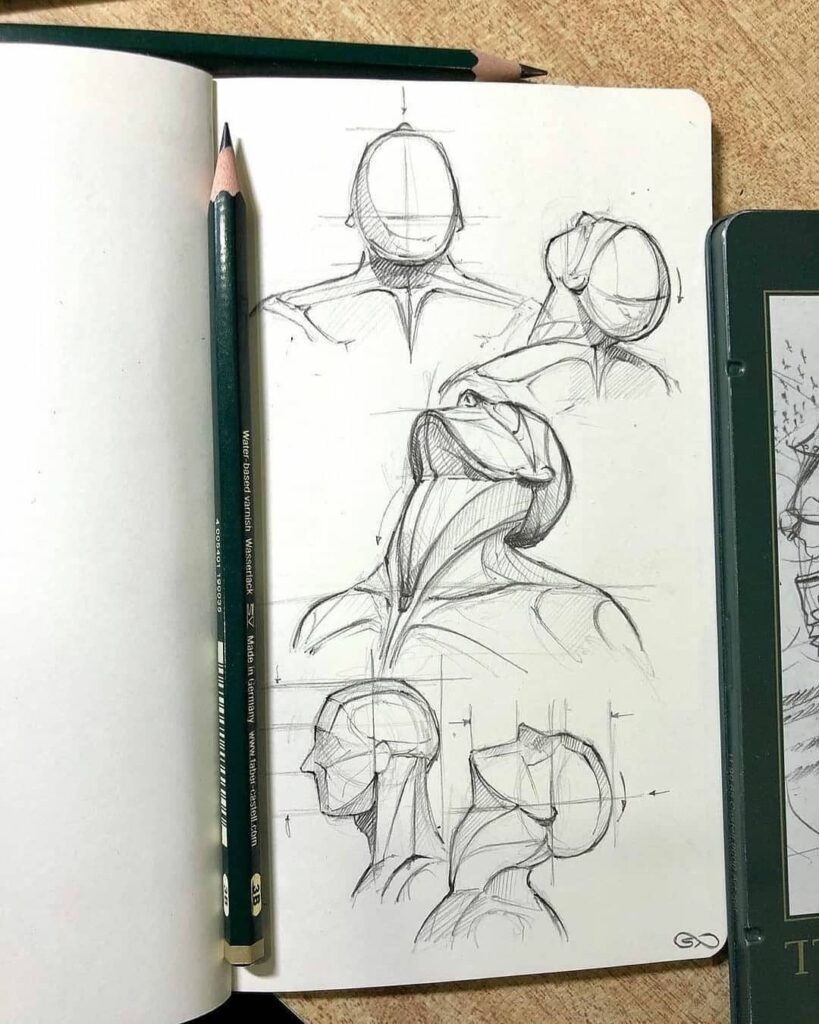
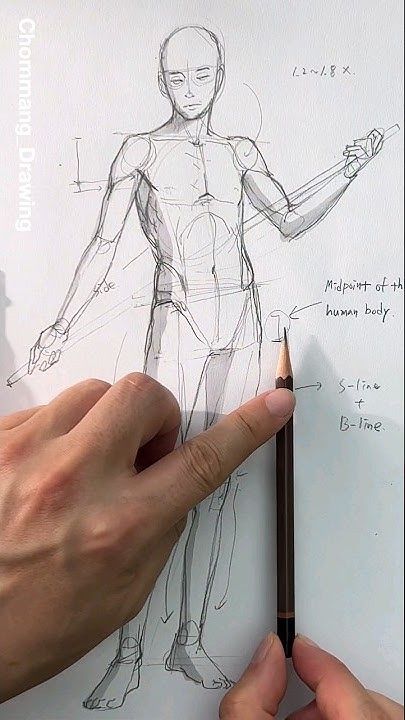
Utilizing 3D Models and Reference Materials
You can improve your understanding of human anatomy by combining 3D models with high-quality photo references. Effective use of digital and physical tools will give you greater control over pose, lighting, and anatomical accuracy, helping you refine your artistic skills.
Digital and Physical 3D Models for Artists
3D models allow you to examine the human body from any angle and at various levels of detail. Digital models such as those found in apps or online libraries offer rotation, zoom, and transparency features. These tools help you observe muscle groups, bones, and surface landmarks clearly.
Physical 3D models provide tactile and spatial awareness benefits that screens can’t match. You can manipulate these models by hand, gaining insights into volume and form. Both digital and physical models support repeated study without the limitations of traditional live models.
Choose models that match your focus, whether it’s muscle structure, skeletal alignment, or full-body proportions. Look for products made by experts in anatomy to ensure accuracy.
Choosing and Using Photo References
Photo references give you real-life detail, including skin texture, lighting, and natural poses. High-resolution collections are especially valuable for capturing subtle muscle definition and joint movements.
Select images that reflect your target demographic for better relatability in your artwork, such as age, gender, and body type. Use a range of standardized poses and candid shots to understand how anatomy changes in different positions.
Organize references by body part or movement type for quick access during your work. Combining photos with 3D models enables you to cross-verify details and ensure your depictions remain anatomically correct.
Integrating 3D Tools Into Your Workflow
Incorporate 3D models and references early to plan anatomy and pose structure. Use simple block-out models to design the basic form, then refine with detailed muscle and bone layers.
When sketching or sculpting, toggle between photo and 3D views to capture accurate proportions and surface features. Many 3D modeling apps allow you to save specific poses or lighting setups, streamlining your process.
Adopt a routine where you analyze anatomy in multiple formats—aided by digital apps, physical maquettes, and photo libraries—to build a comprehensive understanding. This multidisciplinary method enhances precision and confidence in your anatomy work.
- 403shares
- Facebook0
- Pinterest403
- Twitter0
